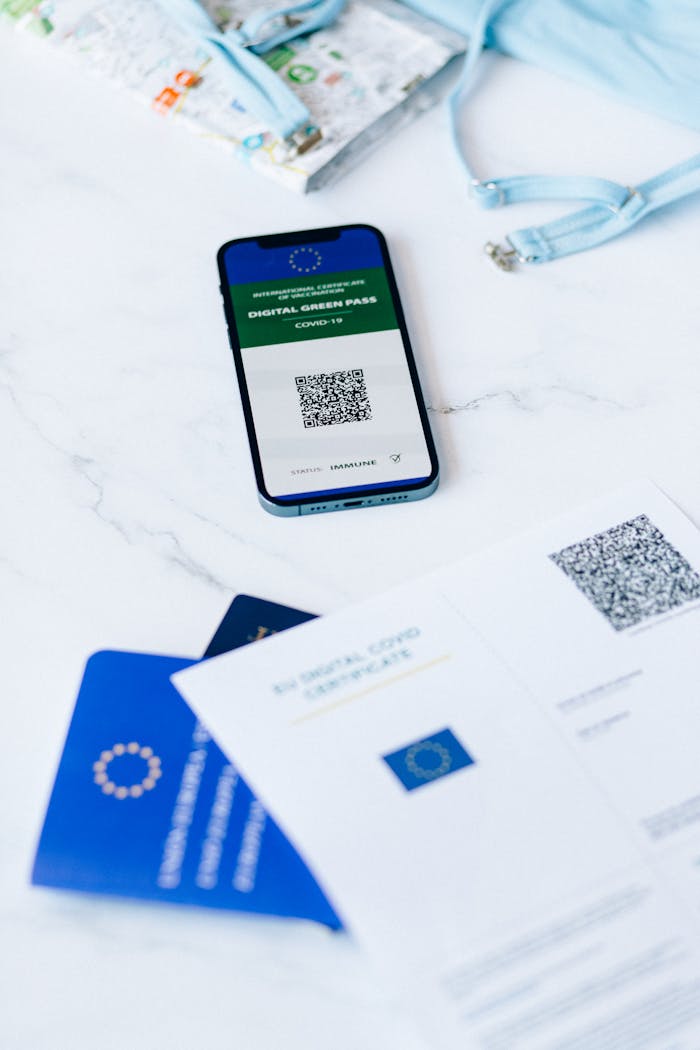Hiring an immigration attorney can be expensive — and while legal support is often helpful, many people successfully apply for a green card on their own. If your case is straightforward and you’re willing to follow instructions carefully, it’s possible to handle the process without a lawyer.
This guide breaks down how to apply for a green card without a lawyer in 2025, including key forms, filing steps, and best practices to avoid costly mistakes.
1. Are You Eligible?
Before doing anything, make sure you qualify for a green card (lawful permanent residency). Common eligibility categories include:
- Family-based: Spouse, parent, child, or sibling of a U.S. citizen or green card holder
- Employment-based: Job offer or extraordinary ability
- Asylee or refugee: Eligible to apply after 1 year
- Diversity lottery winner
- Special programs: VAWA, TPS adjustment, Cuban Adjustment Act, etc.
Use the USCIS eligibility tool or read about green card categories at uscis.gov/greencard.
2. Understand Adjustment of Status vs. Consular Processing
- Adjustment of Status (AOS): You apply from inside the U.S. using Form I-485.
- Consular Processing: You apply from outside the U.S. through a U.S. embassy.
This guide focuses on Adjustment of Status for applicants inside the U.S.
3. Gather the Required Forms
Here are the most common forms for family-based applicants:
| Form | Purpose |
|---|---|
| I-130 | Petition for Alien Relative (filed by sponsoring U.S. citizen/PR) |
| I-485 | Application to Register Permanent Residence or Adjust Status |
| I-864 | Affidavit of Support (financial sponsorship) |
| I-765 | Optional: Work authorization while waiting (EAD) |
| I-131 | Optional: Travel permission (Advance Parole) |
| I-693 | Medical exam report (from civil surgeon) |
Download the latest versions directly from uscis.gov.
4. Collect Supporting Documents
Depending on your category, you may need:
- Birth certificate and certified translation
- Marriage certificate (if applicable)
- Passport-style photos
- Copy of visa, passport, and I-94
- Tax returns and proof of income (for sponsor)
- Proof of lawful entry or parole (for AOS applicants)
- Police records or court documents (if you have any history)
5. Complete the Forms Carefully
- Use black ink or complete forms digitally before printing
- Double-check spelling, dates, and consistency
- Don’t leave blank sections — write “N/A” or “None” where appropriate
- Sign every required page
6. Prepare Your Packet
Organize your packet clearly:
- Cover letter (optional but helpful)
- Completed forms (in order)
- Supporting documents with labels or dividers
- Payment (check or money order to “U.S. Department of Homeland Security”)
Make a full copy for your records before mailing.
7. Mail It to the Correct Address
Check the USCIS website for the filing address based on your eligibility category and state. Use Certified Mail or a courier service with tracking.
8. What Happens After You Apply?
- Receipt Notice (Form I-797C) within 2–4 weeks
- Biometrics appointment within 4–8 weeks
- Interview (for most family-based cases) 8–18 months later
- Decision after interview, then green card mailed
You can check your status at uscis.gov/casestatus.
9. When to Consider Getting Help
Apply without a lawyer only if your case is straightforward — no criminal history, legal entry, strong relationship proof, etc.
Seek legal advice if you:
- Entered illegally or overstayed a visa
- Were arrested or denied a visa before
- Need waivers or special exceptions
- Want to appeal a denial
Some nonprofit legal aid organizations offer free or low-cost help for low-income applicants.
Applying for a green card without a lawyer is doable — but it requires careful attention to detail and a willingness to read instructions. Use USCIS resources, stay organized, and don’t rush the process.
If done correctly, you could save thousands of dollars and still obtain permanent residency safely and legally.


